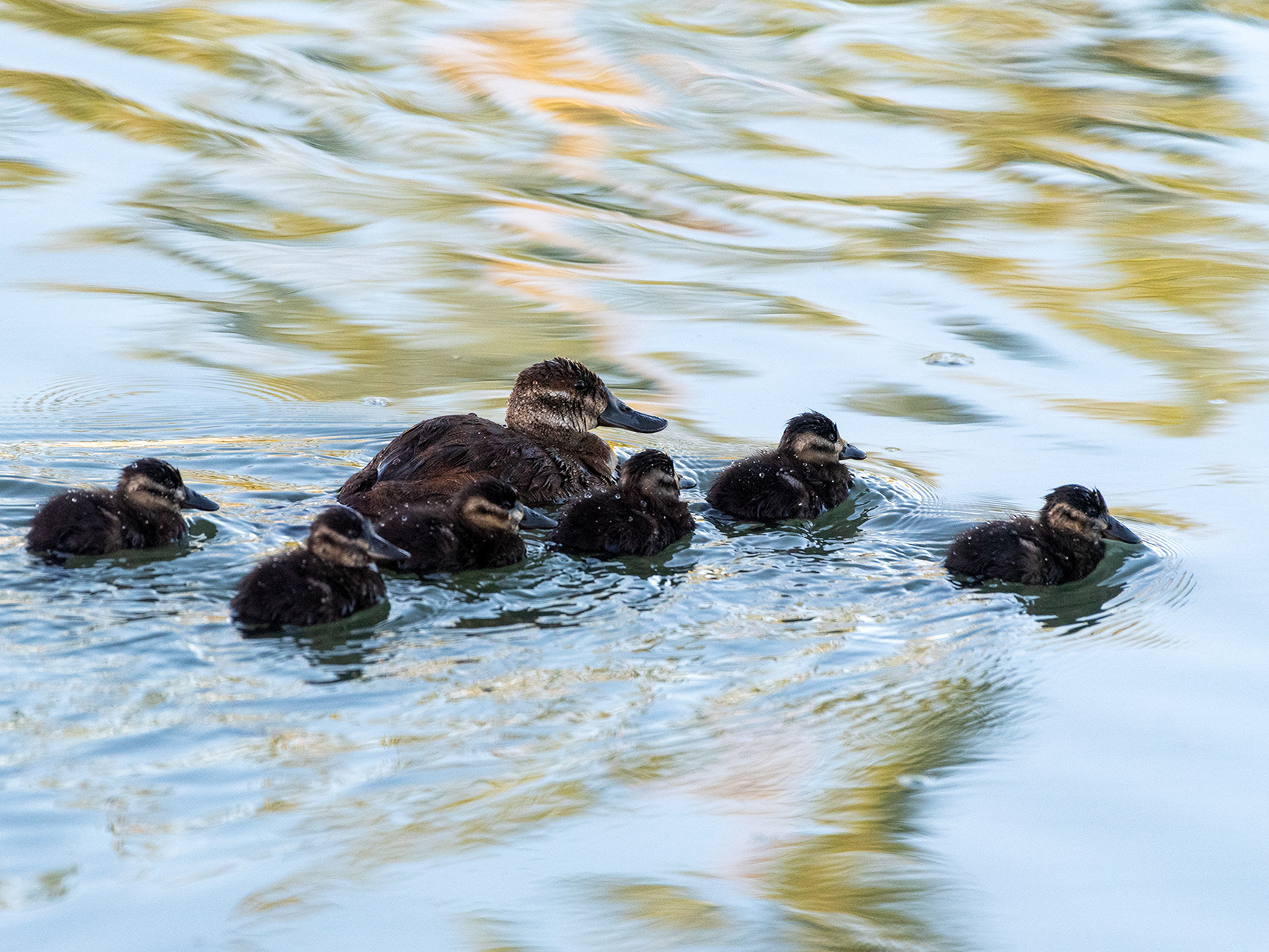Osprey (in flight), Marshall Springs ponds, Fish Creek Provincial Park, Calgary, AB - June 18th
Osprey (in flight), Marshall Springs ponds, Fish Creek Provincial Park, Calgary, AB - June 18th
Osprey (in flight) with a fish, Marshall Springs ponds, Fish Creek Provincial Park, Calgary, AB - June 18th
Osprey (in flight) with a fish, Marshall Springs ponds, Fish Creek Provincial Park, Calgary, AB - June 18th
Osprey (in flight) with a fish, Marshall Springs ponds, Fish Creek Provincial Park, Calgary, AB - June 18th
Osprey (in flight) with a fish, Marshall Springs ponds, Fish Creek Provincial Park, Calgary, AB - June 18th
Osprey (in flight) with a fish, Marshall Springs ponds, Fish Creek Provincial Park, Calgary, AB - June 19th
Osprey (in flight), Marshall Springs ponds, Fish Creek Provincial Park, Calgary, AB - June 21st
Osprey (in flight), Marshall Springs ponds, Fish Creek Provincial Park, Calgary, AB - June 21st
Black-crowned Night-Heron, Marshall Springs ponds, Fish Creek Provincial Park, Calgary, AB - July 8th
Black-crowned Night-Heron, Marshall Springs ponds, Fish Creek Provincial Park, Calgary, AB - July 8th
Black-crowned Night-Heron, Marshall Springs ponds, Fish Creek Provincial Park, Calgary, AB - July 8th
Black-crowned Night-Heron, Marshall Springs ponds, Fish Creek Provincial Park, Calgary, AB - July 8th
Black-crowned Night-Heron, Marshall Springs ponds, Fish Creek Provincial Park, Calgary, AB - July 8th
Black-crowned Night-Heron, Marshall Springs ponds, Fish Creek Provincial Park, Calgary, AB - July 8th
Black-crowned Night-Heron, Marshall Springs ponds, Fish Creek Provincial Park, Calgary, AB - July 8th
Black-crowned Night-Heron, Marshall Springs ponds, Fish Creek Provincial Park, Calgary, AB - July 8th
Black-crowned Night-Heron, Marshall Springs ponds, Fish Creek Provincial Park, Calgary, AB - July 8th
Black-crowned Night-Heron, Marshall Springs ponds, Fish Creek Provincial Park, Calgary, AB - July 8th
Black-crowned Night-Heron, Marshall Springs ponds, Fish Creek Provincial Park, Calgary, AB - July 8th
Black-crowned Night-Heron (in flight) with a fish, Marshall Springs ponds, Fish Creek Provincial Park, Calgary, AB - July 8th
Black-crowned Night-Heron and male Red-winged Blackbird (both in flight), Marshall Springs ponds, Fish Creek Provincial Park, Calgary, AB - July 8th
Black-crowned Night-Heron and male Red-winged Blackbird (both in flight), Marshall Springs ponds, Fish Creek Provincial Park, Calgary, AB - July 8th
Black-crowned Night-Heron and male Red-winged Blackbird (both in flight), Marshall Springs ponds, Fish Creek Provincial Park, Calgary, AB - July 8th
Black-crowned Night-Heron and male Red-winged Blackbird (both in flight), Marshall Springs ponds, Fish Creek Provincial Park, Calgary, AB - July 8th
Black-crowned Night-Heron and male Red-winged Blackbirds (all in flight), Marshall Springs ponds, Fish Creek Provincial Park, Calgary, AB - July 8th
Black-crowned Night-Heron (in flight), Marshall Springs ponds, Fish Creek Provincial Park, Calgary, AB - July 16th
Black-crowned Night-Heron (in flight), Marshall Springs ponds, Fish Creek Provincial Park, Calgary, AB - July 16th









